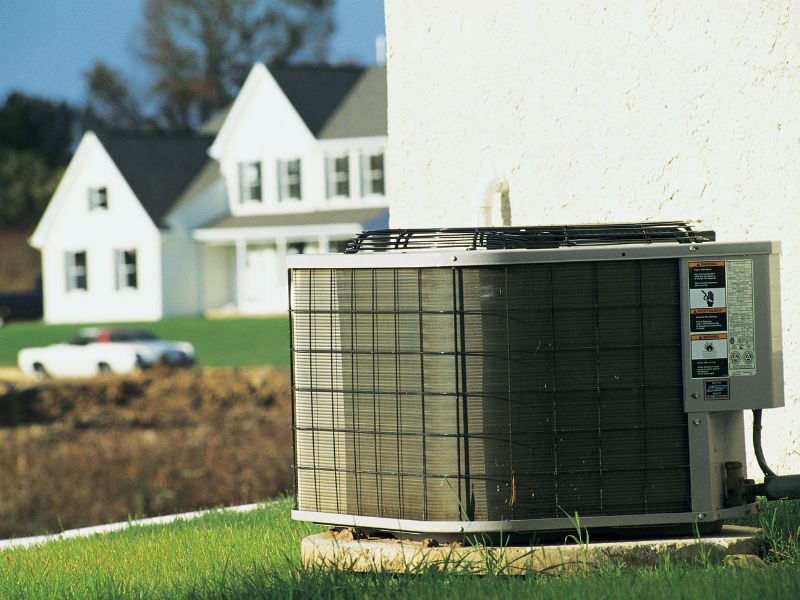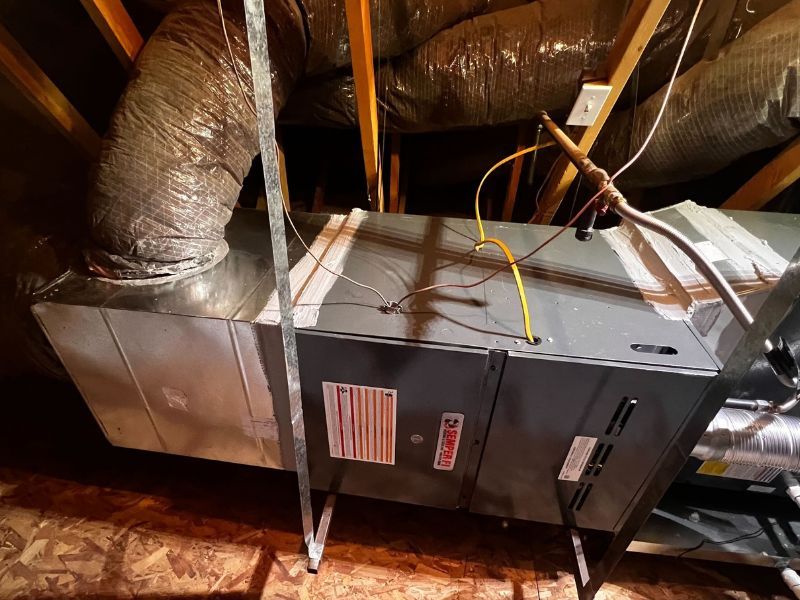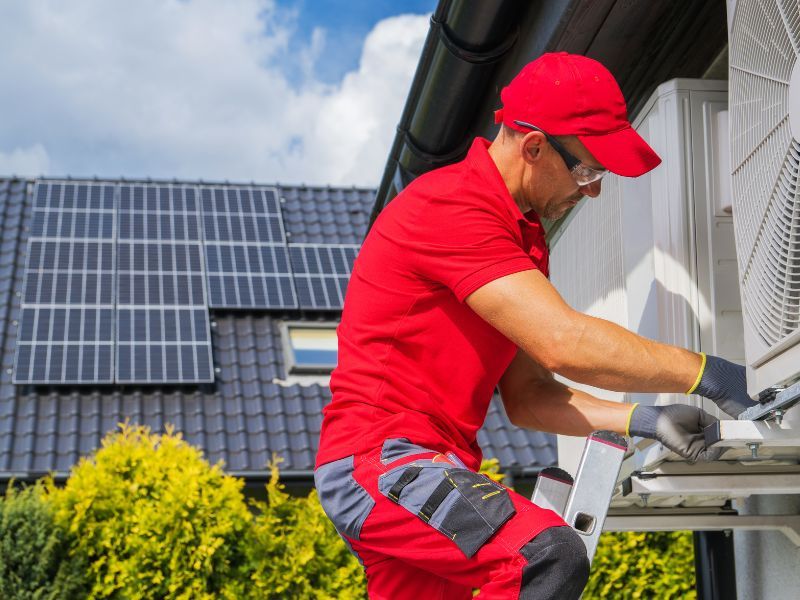What Is Zoning?
Zoning in HVAC refers to the practice of dividing a building into different zones, each with its own thermostat and temperature control. This allows occupants to customize comfort levels in different areas.
Zoning became more prevalent as energy efficiency and individual comfort gained importance. Traditional HVAC systems had limited zone control, leading to wasted energy in unoccupied or less frequently used spaces.
Modern zoning systems use dampers and sensors to direct conditioned air to specific zones. This reduces energy consumption by avoiding over-conditioning of unused areas and tailoring comfort to occupant needs.
People Also Ask About Zoning
Can I retrofit an existing HVAC system with zoning?
Yes, existing HVAC systems can be retrofitted with zoning controls. It’s recommended to consult an HVAC professional to assess the feasibility and design of the retrofit.
How many zones can a zoning system have?
Zoning systems can have several zones, depending on the building’s size and layout. Each zone has its own thermostat, allowing occupants to adjust comfort levels independently.
Can zoning help improve energy efficiency?
Yes, zoning can significantly improve energy efficiency by directing conditioned air only where it’s needed. This avoids wasting energy in unoccupied areas.
HVAC System Cost & HVAC Reviews
Related Pages
Categories


